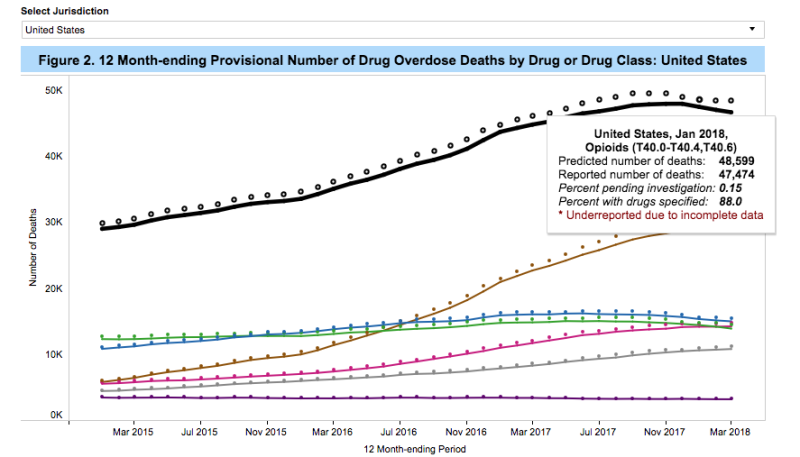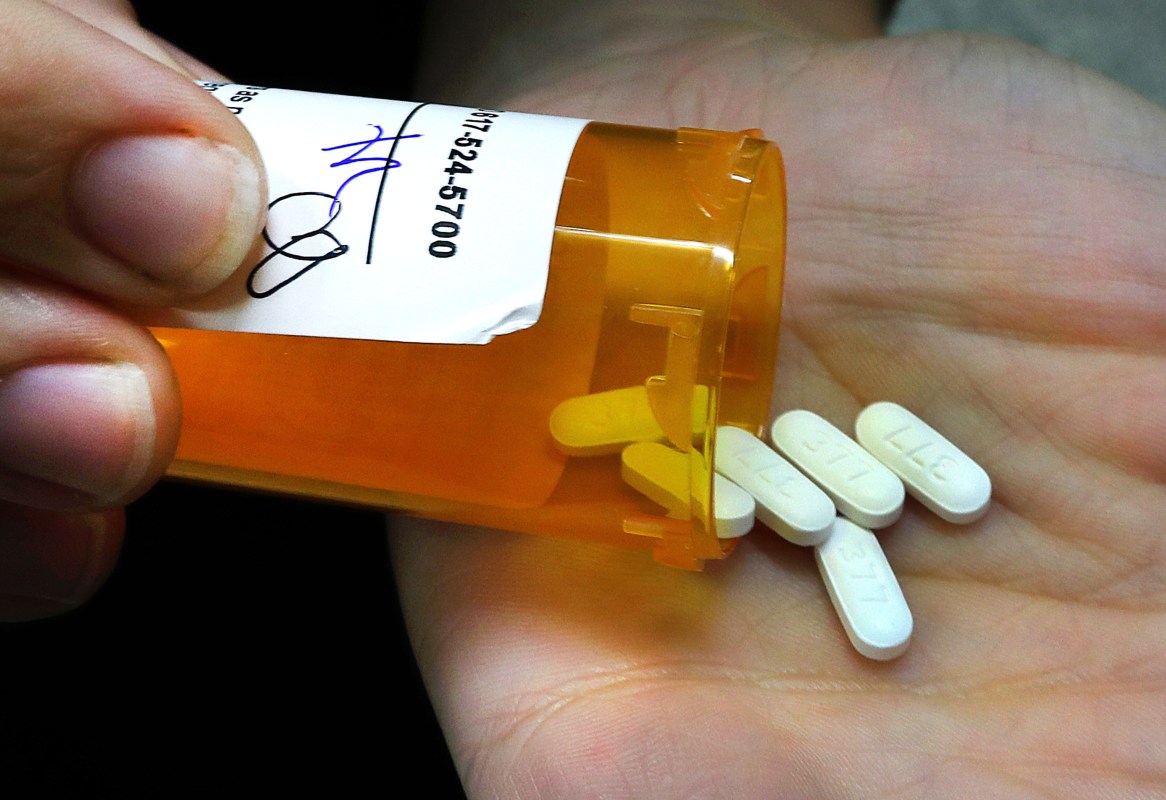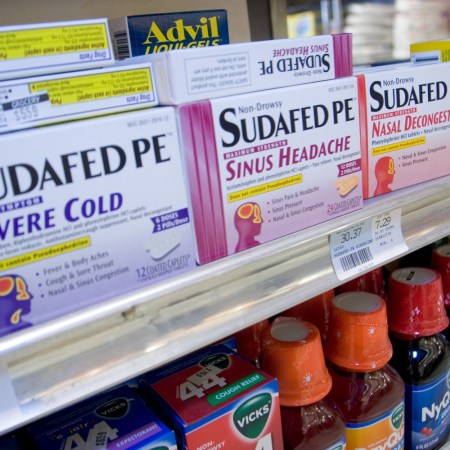Subject: Removal of a Deceased Member's LinkedIn Profile [180***-******] Hi Evan, I'm sorry it's taken this long to get back to you. Thank you for reporting the passing of this member. We have processed your request and offer our sincere sympathies for your loss. Regards, Hope, Safety Operations Support Specialist LinkedIn
That’s the email you get after you contact LinkedIn because you got an update about your friend’s employment status on a warm spring day even though you saw his body go in the ground during the winter when it was cold and you know he’s no longer concerned about the job market.
That’s the email you get after you contact LinkedIn to do the only thing you can do at this point for a friend you had before there were social media sites like LinkedIn.
And that’s the email you are becoming even more likely to get because the rate of people passing away unexpectedly at home — a euphemism for overdosing on fentanyl, oxycodone or some other member of the opioid family — is still alarmingly high despite the Trump administration declaring the opioid crisis a nationwide Public Health Emergency a year ago today.
According to preliminary estimates from the Centers for Disease Control based on the most recent data available as of early October, more than 71,500 Americans died of drug overdoses in 2017, a 10 percent jump from 2016.
If that number is accurate, the death toll figure is higher than the peak yearly death totals from HIV, car crashes or gun deaths and more than the total number of U.S. military deaths in all 15 years of the Vietnam war.
Of the approximately 71,500 overdoses, about 48,600 are estimated to have been caused by natural or synthetic opioids like morphine, fentanyl, oxycodone, or heroin, or some combination therein.

The year before according to 2016’s drug overdose numbers, overall overdose deaths per a population of 100,000 was 19.7. Drug overdose deaths specifically involving any opioids per a population of 100,000 was 13.1 over that same span. Translation: if someone had a deadly overdose in 2016, there was nearly a 70 percent chance that opioids were the cause.
Using that 13.1 figure as a benchmark, opioids killed more people per population of 100,000 than guns did in Florida (12.6), Illinois (11.7), and Texas (12.1) in 2016 using that same population metric.
So who are the potential victims of this epidemic? You probably have already seen one of them already today if you’ve left your house.
There isn’t nationwide data available, but 11 states participating in the CDC’s Enhanced State Opioid Overdose Surveillance initiative have provided demographic data about their OD victims from July 2016–June 2017.
What the data shows is that among illicit opioid–only deaths (overdoses on illegal or illegally obtained drugs), the median age of decedents was 36 years, 73.0 percent were male, and 81.1 percent were white. Among deaths for which both prescription and illicit opioids were detected, decedents’ median age was 39 years, 70.5 percent were male, and 83.6 percent were white. Add opioids to the list of things that are endangering the existence of the middle-aged, white male – and this one is actually a real threat.
And an expensive one.
According to an analysis by healthcare research nonprofit Altarum, opioid addiction cost $115 billion in 2017 and direct costs (lost wages, emergency room treatment, drug addiction counseling) from the epidemic have topped $1 trillion since 2001.
But there is reason for hope.
Earlier this week, nearly a year after declaring a Public Health Emergency, President Trump signed a bill, the Substance Use-Disorder Prevention that Promotes Opioid Recovery and Treatment (SUPPORT) for Patients and Communities Act, into law.
Unleashing more than $6 billion in funding to fight opioids, the bill’s provisions intend to expand addiction treatment, speed up research on alternative drugs, and provide Medicaid funding to treatment centers with more than 16 inpatient beds.
“There have been positive developments in the last year to address the opioid overdose epidemic. The SUPPORT for Patients and Communities Act, which includes several provisions to address the current treatment gap and expand access to evidence-based care for substance use disorder,” the American Society of Addiction Medicine told RealClearLife in a statement. “While this legislation is a good start, additional systemic changes to our current addiction treatment infrastructure are needed to turn the tide of this public health crisis and prevent future crises related to substance use and addiction.”
One of those changes would be altering 42 CFR Part 2 (Part 2), a law that institutes heightened confidentiality protections for certain medical records relating to substance use disorder. That restriction can lead to physicians and other practitioners not having access to complete patient records. According to ASAM, the law hinders progress because “addiction treatment too often remains siloed from mental health and primary care services.”
“The SUPPORT Act is a critical step in the right direction, but it is only that- a step,” according to the ASAM. “We need to make thoughtful changes to modernize Part 2 so that addiction treatment becomes an integral part of mainstream, evidence-based medicine.”
And soon. LinkedIn’s Safety Operations department is busy enough already.
If you or someone you know needs assistance with an opioid-related problem, please visit the Substance Abuse and Mental Health Services Administration’s website or call 1-800-662-4357.
Whether you’re looking to get into shape, or just get out of a funk, The Charge has got you covered. Sign up for our new wellness newsletter today.
























